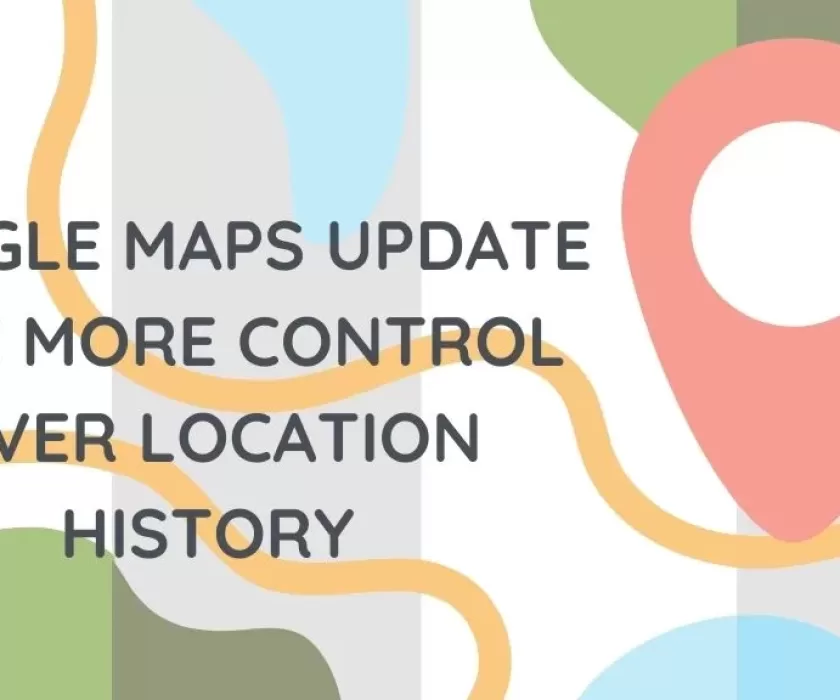Every business these days wants to stay ahead of its competitors in the online as well as offline market. And it’s a universal reality that the more visible you are to your customers, the more business they will give you. Competitor analysis in digital marketing to stay ahead of the competition is a powerful method to expand your business. It entails understanding your rivals’ intricacies in order to develop strategies to exceed them in engaging and influencing customers.
Most businesses do a competitor analysis in digital marketing when developing a strategy to thrive in the online market. Analyzing your rivals in digital marketing helps you to have a better awareness of the competitive environment, your competitors’ best marketing practices, and the pitfalls to avoid. Using this information, you may create your own internet marketing strategy and get started. Today, in this blog we will discuss, how you can do competitor analysis in digital marketing but before that let’s delve into the basics. So, let’s get started:
What is Competitor Analysis in Digital Marketing?
Competitor analysis in digital marketing is a process that entails investigating and analyzing rivals in the online world. It is one mandatory process/phase if we say, that you should not overlook. The reason is that it assists in identifying the strengths and shortcomings of your competitors as well as yours.
You can have more insight into the price, product development, distribution, and marketing tactics of your rival businesses just by conducting this analysis. Competitor analysis in digital marketing gives you the power to assess your company’s position and identify opportunities. As a result of rapid evolution and instant pivoting capabilities, distinct characteristics arise in the fast-paced digital arena. Unlike traditional marketing methods, digital platforms provide extensive data and metrics for gaining insights into competitors’ activity.
Step By Step Comprehensive Guide to Analyze Your Competitors
Determine Competitors
Initially, you have to choose which competitors to examine. You must keep in mind that not all competitors are the same. It would be better if you do categorize them. The competition research includes your direct and indirect competitors – brands who provide similar offerings to the same target customers as yours. These are your primary competitors. Don’t forget about rivals that provide a completely different service while addressing the same issue as your ideal consumer persona. These are your secondary rivals and you should keep an eye on them as well.
Tools like Semrush, Ahrefs, SimilarWeb, and Facebook Ad Library will help you gain a better understanding of who your true rivals are and what techniques perform best for them. You can focus on 3 – 5 competitors and investigate their digital marketing efforts across all channels and platforms, or you could investigate your top competitors per channel, i.e., the top 3 organic competitors and the top 3 paid search competitors.
Identify The Target Clients of Your Competition
Understanding your rivals’ target audiences will reveal a lot about a company. It will assist you in identifying who they are trying to reach and which digital channels they are using efficiently. The best and proven method to learn about their consumers is to look at who the brand appeals to. This might be discovered by examining their goal statement in the ‘About Us’ section or social media message and engagement.
You can discover more about your rivals’ audience by studying their goals, content, and interactions. This will assist you in developing strategies that will set you out from the crowd.
Dig deeper with Data
It’s time to get technical now. This is when your software comes into play. You should experiment with the tools to delve further into the performance of their website and content, as well as assess their SEO structure. Data is your buddy when it comes to any form of study. This is because data helps you to be less subjective by providing a quantifiable metric that can be immediately compared to your statistics.
In this step, some analysts construct a slew of graphs to demonstrate their results. Others will keep to a single tab that delivers important information such as search position and a look at website and content performance. It is entirely up to you how you graphically convey this information. It’s also critical not to become overwhelmed. Here are some tools for you:
- Google Alerts: Monitors the web for specific phrases and aids in competitor research & brand tracking.
- Buzzsumo: It tracks content performance objectively and provides insights into the effectiveness of competitors’ content.
- Neil Patel’s Backlink Checker: This tool reveals a competitor’s backlink profile, offering insights into sponsored content and press coverage.
- Moz: For backlink analysis, domain authority metrics, and rank tracking for comprehensive SEO analysis you can use Moz.
- Ahrefs: This is a top-notch SEO tool with a focus on competitor data.
- SEMrush: It provides competitive intelligence by tracking search positions against selective competitors.
- Mail Charts: It is an email monitoring tool for efficient competitive reporting and analysis without subscribing to competitors’ emails.
- YouGov: Compiles data and opinion scores on brands and topics, offering insights into popularity, ranking, and demographics.
Understanding Competitors’ Social Media Ads and PPC Strategies
If you consider investing in SEO and Content Marketing then it will mitigate risks in a hyper-competitive industry with high CPCs in your Google advertisements. To guarantee a well-rounded approach you will have to keep an eye on organic competition too. These insights will help you effectively shape your own social media advertisements and PPC campaigns. You will be able to optimize landing pages to improve campaign architecture and keyword targeting by using these tactics.
A. Investigate Competitors’ Social Media Ads Strategy
It’s critical to research your rivals’ social media marketing strategy before developing your own. You should examine their LinkedIn and Facebook profiles as well as their YouTube channel. Facebook has been a useful tool for monitoring your competitors’ actions. You can easily search the Facebook Ad Library by keyword or brand name to find all currently active ad campaigns. Most of the time businesses use Facebook and LinkedIn lead ads to direct visitors to customized landing pages. You have to delve deeper to find out what works best for them. In this scenario, the Facebook ad Library will provide valuable insights for optimizing your own approach.
B. Benchmark Competitors’ Google Ads
Another approach to finding out about your competitor’s keyword targeting is Understanding their PPC efforts. This is similar to social media marketing but different as well as critical for establishing a successful strategy. You can use Google keyword planner for that. It creates an advertising account even if you don’t run paid ads to have access to the Keyword Planner’s free features. It displays keyword volumes and the average cost per click (CPC) for your rivals in the chosen area and assists in keyword research and ad spend budgeting. Other options for keyword research that you can go with are Ahrefs and Semrush.
Evaluate Competitors’ Content Marketing
The majority of the work required to investigate your rivals’ content marketing approach is manual. At this point, you should spend some time looking at your rivals’ websites to discover what sorts of material and styles they use and how you might distinguish out. For this you need to evaluate your competitors’ content marketing by manually examining their main navigation pages, interlinking, product or service presentation, content formats, gated and non-gated resources, and main topic hubs.
You must make sure that your content addresses audience intent, expectations, and pain points to attract and retain visitors. Additionally, you should also analyze competitors’ pages at different stages of the buyer’s journey and understand how they communicate unique selling propositions.
Create a SWOT Analysis
You’ve most certainly conducted a SWOT analysis of your company before. If not then let us explain, this is the procedure for identifying your strengths, weaknesses, opportunities, and threats. You can also use this easy analytical framework to analyze your rivals’ data.
Once you’ve contextualized your data, this one-page analysis is a terrific resource to share with your whole team. While some members may not require a detailed understanding of your customer’s regulations, price, and search positioning, they will enjoy the overview and perform better as a result.
Arrange The Data You Want to Analyse.
Now the final step is to organize whatever information you get about your competition. This will allow you to go back and refer to any data points for future digital actions. This is especially useful when gathering data from many rivals since it allows you to compare areas of similarity to uncover possibilities. Price range, social media activity, lead generation strategies, content marketing campaigns, first-time visitor offers, and so on are all factors to consider.
Competitor analysis in digital marketing also takes time like any other study. Keep in mind that this is not a one-time effort; it would be beneficial to incorporate competition research into your recurrent digital marketing chores. Do it at least quarterly to avoid being caught off guard by a new challenger in your field or a competitor’s new methods. The more experience you get, the more accurate your results will be. We at Digitalfyx will be delighted to assist you in getting some experienced eyes on your competitor analysis.
Recommended Reads
Know Everything About Viral Marketing: A Detailed Guide





